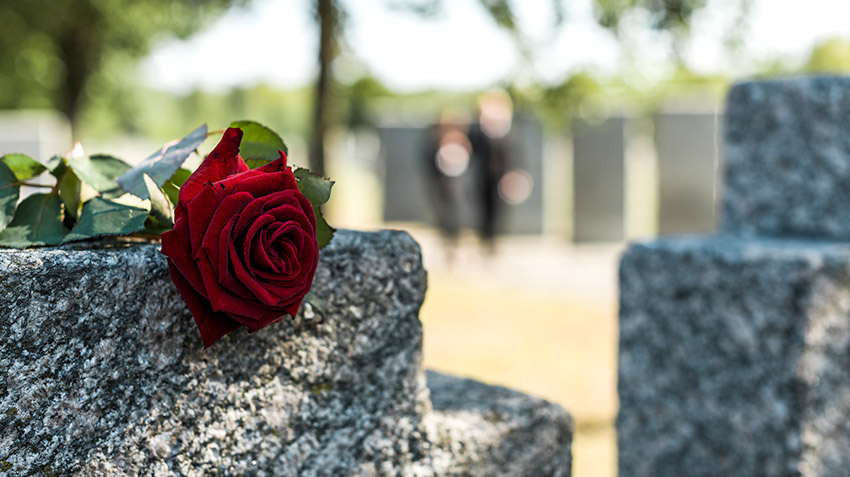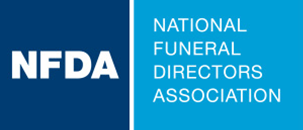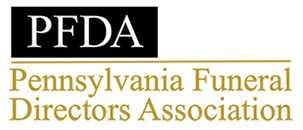
A memorial service is a gathering in which the life and death of a loved one are honored and celebrated.
It’s a space for family and friends to come together, share memories, and find comfort for each other in grief.
Although feelings of sadness will be present, memorial services can also become a place to remember the positive things about your loved one and everything they did for those around them.
An important aspect of planning a memorial service is memorial service programs. The memorial program acts as a remembrance for your loved one and it lists down the sequence of events that will take place during the memorial. In addition, the memorial program will help attendees learn more about your loved one and they can take it home as a valuable keepsake.
Let’s explore how you can create meaningful memorial service programs.
What is a memorial service?
If you haven’t held a memorial service before, it’s important to learn what sets this event apart from a traditional funeral service before going into designing a memorial program. Here’s what you need to know.
Unlike a funeral service, the memorial service doesn’t involve the body of your loved one. Funeral services generally follow a formal plan, usually with religious elements, and end with either a burial or cremation. Memorial services, however, give more choice as to when and where they take place. The venue could be a place of worship, a funeral home, or any place that was special to your loved one. It can be arranged a few days or even months after the passing of your loved one, depending on the choices of you and your family.
Since memorial services do not include the body of the deceased, they can be more personalized. Memorial services can be customized to celebrate the unique life of your loved one, including their hobbies, passions, and favorite things in life. Also, the tone can be more flexible, from solemn and touching to cheerful and celebratory, according to the needs of you and your family.
How to design a meaningful memorial program
Now that you have an understanding of what a memorial program is, let’s explore how you can design a memorial program:
1. Information and inspiration
Before you begin designing the program, give yourself a moment of pause to research and jot down your ideas. Think about the life of your late loved one. What were their passions? What kind of personality did they have? Were they religious or spiritual? Was there any poet or poem they liked? What about a quote or a song that they loved? Speak to your family and close friends, collect stories and anecdotes, and think about how you can add them to the program.
2. Structure and content
Here’s how you can plan the content and structure of the memorial program:
- Cover page: This is the first step towards the entire program. Write down the name of your loved one and their dates of birth and death, and maybe include a photo of them. Your design can be simple but elegant or you could implement your loved one’s favorite theme. For example, if your loved one is a nature enthusiast, consider designs that have flowery patterns or a view of a landscape as the background.
- Order of service: Write down clearly how the service will go. This could include an introduction of the officiant, a welcome address, readings or poems, music selections, eulogies, and a closing message. Also, include a short explanation for each element, especially if the service encompasses any special customs or rituals.
- Tributes and reflections: Here is where your loved one’s life, character, and story are presented. Include a short obituary or biography, which will showcase important milestones and great accomplishments of your loved one’s life. You may also include popular quotes, poems, or lyrics of a song that meant a lot to them in life.
Consider these options for personalization
- Family tributes: Messages or poems written by the family members will allow them to express their feelings toward your loved one
- Eulogy: A designated speaker can offer a eulogy that will weave memories and anecdotes into a colorful mosaic that will depict your loved one’s life
- Friend remembrances: Include short tributes from close friends, through which they can share their memories of your loved ones and share how they were as a person
- Photos and visuals: Use a variety of pictures in the program. Select photos that present different stages of your loved one’s life—from their childhood memories to family moments, special events, and photos that show their hobbies and interests.
- Additional considerations: Based on the type of the service you might also include:
- Pallbearers/honorary pallbearers: Acknowledge those who are to carry the coffin. You should only do this if the memorial is taking place before the memorial or just to give thanks to those who carried the coffin during the funeral
- Acknowledgments: Extend gratitude to those who offered support during this difficult time, be it persons or organizations
- Donation information: If you and your family desire, include a particular charity or cause your loved one supported in case attendees wish to make donations as a gesture of their remembrance
3. Design and presentation
Here are some design considerations for the memorial service programs:
- Choosing a template: Many online resources offer free memorial program templates. This can be a good starting point, providing the essential components and the general structure for the program. But don’t be afraid to personalize them to reflect the character of your loved one.
- Picking a color scheme: Think of the overall atmosphere that you’re trying to create. You can go classic with black and white, but it’s also possible to play with softer or muted colors like pastels. If your loved one used to have a favorite color, using it in a subdued way can give a deeper meaning to the whole memorial program.
- Selecting a font: Select fonts that are legible and match the general visual image of the program. For the body, choose a classic serif font like Times New Roman or a simple sans-serif font like Arial. Also, try to select a slightly decorative font for the headings and titles, but make sure it’s readable.
Frequently Asked Questions
Here are some commonly asked questions about our memorial service program offerings:
1. Is it appropriate to include funny stories about the deceased in the program?
Absolutely. The memorial doesn’t always have to be a solemn affair. You can make it into a celebration of your loved one’s life, where you share heartwarming stories and also funny ones about them.
2. Are there religious restrictions I need to consider when creating the program?
You should always be respectful toward your loved one’s religious beliefs when creating the memorial program. Ask family, friends, and religious leaders about what is appropriate to include in the memorial and what is not.
3. What do I do if there are too many tributes to include in the program?
Pick the ones you like the most and add them to the program. For the rest, try to create a tribute book where you can add all the extra tributes and distribute to the attendees.
Ask funeral homes for help with memorial service programs
Creating a memorial program can be difficult when there are many other aspects of the memorial service that you need to focus on. If you’re having trouble designing a meaningful memorial program, you can always work with a funeral home.
Aside from their usual professional funeral services, funeral homes may also offer designing memorial programs. Contact a professional funeral service provider at your earliest convenience.



